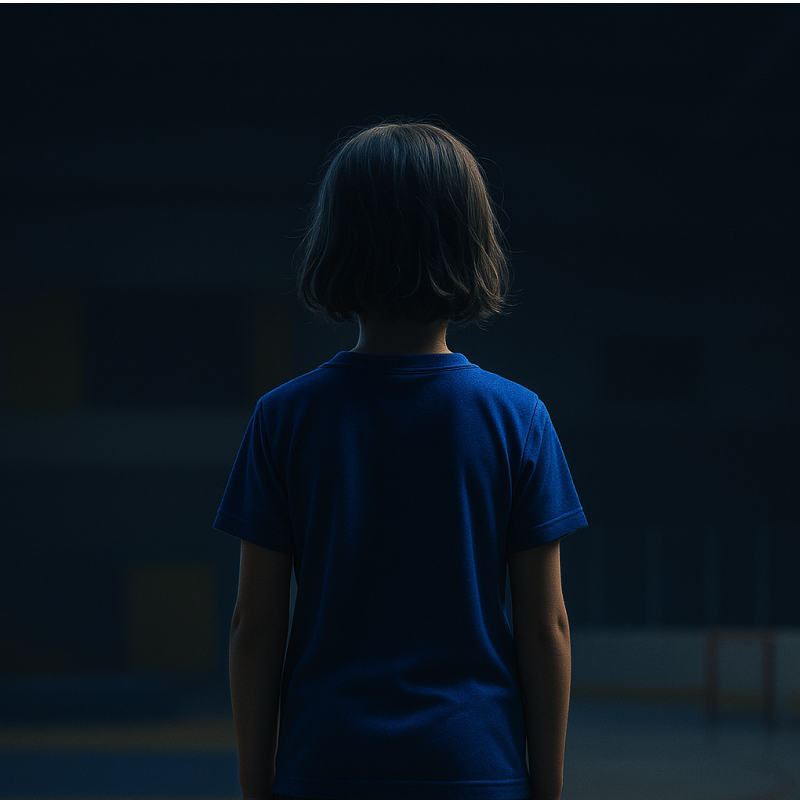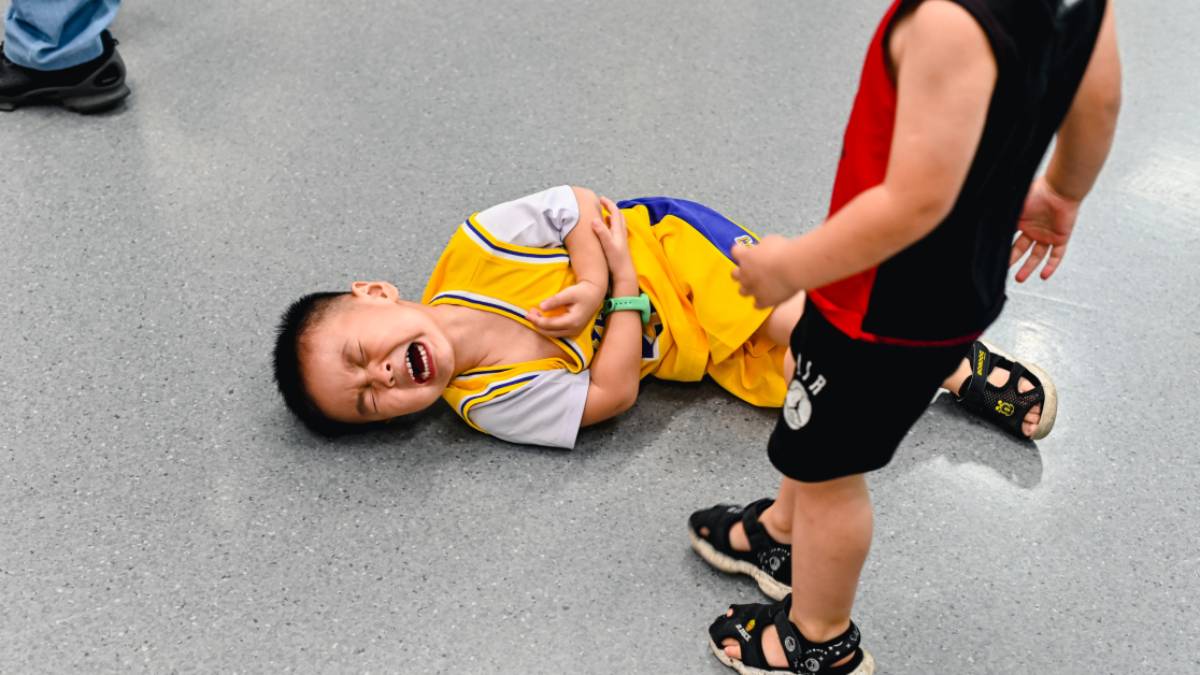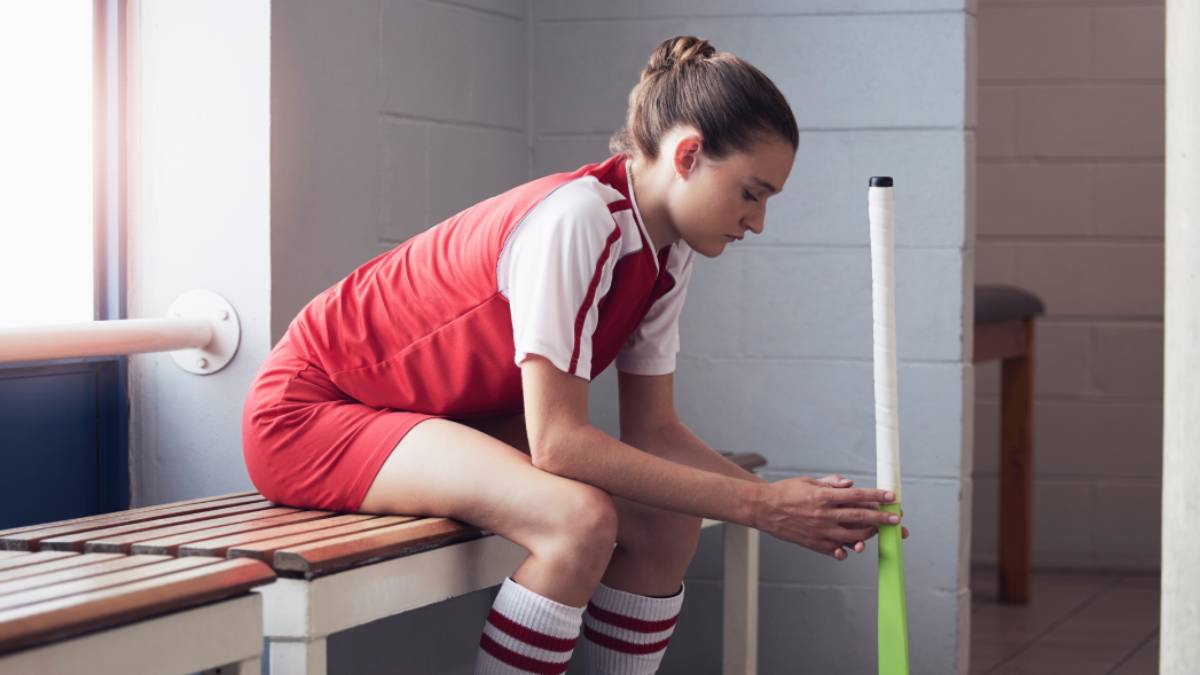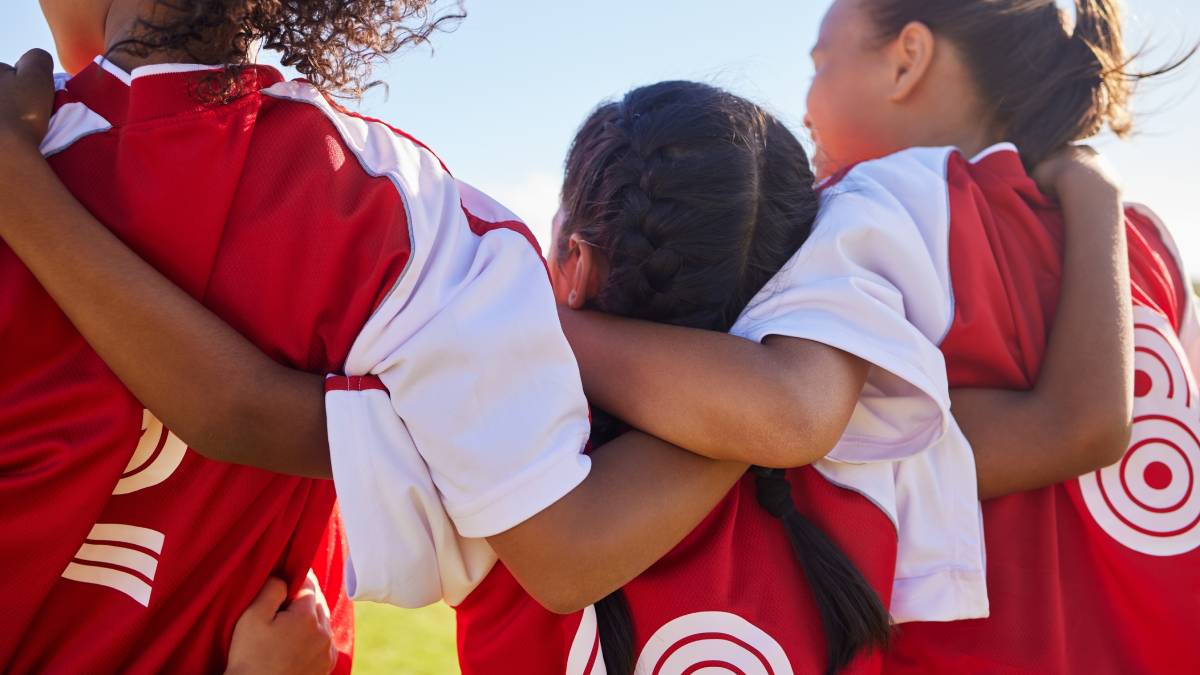One out of two athletes is a victim of violence in sports: Quebec can no longer ignore the crisis

A few weeks ago, the Canadian Sport Commission gave hundreds of victims a voice. One question begs to be asked: did we really have to wait for Ottawa to launch an inquiry to understand that the problem is real and systemic?
Researchers have been sounding the alarm for years.
According to a study by the University of Montreal, 10% of Quebec athletes aged 14 to 17 have experienced sexual, physical, AND psychological abuse.
In addition, a study conducted by UQTR on 19,642 high school students shows that 56% of them have been subjected to violence in the context of sports activities.
These data confirm that the problem has been affecting schools, local associations, and sports-study programs for years, but the culture of silence and inaction has always prevailed in Quebec sports. It’s time for change!
“I wasn’t broken by sport, I was abused in sport and broken by the system. ” — Ryan Sheehan, former Canadian gymnast, before a parliamentary committee
Important but little known reforms
Faced with this reality, the government has already put tools in place to address abuse. The Canadian Safe Sport Program and the Public Registry of Sanctions now allow anyone to check whether a coach has been sanctioned, file a complaint, and obtain independent support.
In addition, the launch of the Protector of Integrity in Recreation and Sport (PIRS) in the summer of 2025 marks a major step forward. This independent body can investigate on its own initiative or respond to reports it receives, helping to protect young people, families, and volunteers, while making sports and cultural activities safer for everyone.
These tools offer:
- Greater transparency: public access to sanctions.
- Greater recourse: a neutral point of contact for victims.
- Greater protection: complaints handled outside of sports structures.
However, it is important to remember that these mechanisms come into play after abuse has occurred. They provide solutions and support to victims, but they are not enough to prevent problematic situations from arising in the first place.
Furthermore, in many local associations, these measures are little known and there is a lack of resources to effectively implement effective prevention.
As a result, the risk remains high in the field.
The flaw: unmonitored communications
Personal messaging services (Facebook, Instagram, SMS) used by coaches to organize activities and trips create a major blind spot:
- Lack of supervision: private exchanges escape external scrutiny.
- Risk of isolation: a coach can contact a minor directly without a parent or manager knowing.
- Normalization of intimate exchanges: the formal setting disappears, opening the door to abuse.
Ultimately, 71% of cases of abuse in schools originate from communications on Facebook and Snapchat.
The importance of equipping organizations
Quebec platforms such as MonClubSportif use secure, monitored messaging. These tools, designed for schools and associations, are aligned with Coach.ca’s Rule of Two.
How it works:
- Application of the Rule of Two: all exchanges between a coach and a young athlete are visible to a manager, another coach, or a parent.
- Centralized supervision: organization managers have access to 100% of conversations, even those in which they are not participating.
- Complete archiving: every message is saved, creating useful traceability in the event of an investigation.
- Report button: Athletes or parents can report questionable behaviour directly in the app.
By centralizing all communications, we neutralize digital isolation and transform the coach-athlete relationship. This innovation makes this platform the first in Quebec to integrate proactive monitoring of sports communications.
Whats next?
The protection of young athletes can no longer depend solely on the vigilance of parents and coaches. The technological tools exist and must be adopted on a massive scale. What if the next project were to curb the use of social media in amateur sports?
Karl Demers

On the same subject
Harassment and abuse don't just affect athletes at the top of their game, they can also affect young people involved in school or community […]
In the dynamic sports environment, where enthusiasm and competition converge, there is a complex reality: the safety of athletes is put to the […]
In the world of sport, where passion and dedication shape young athletes, their safety and well-being must remain paramount. As parents, […]


